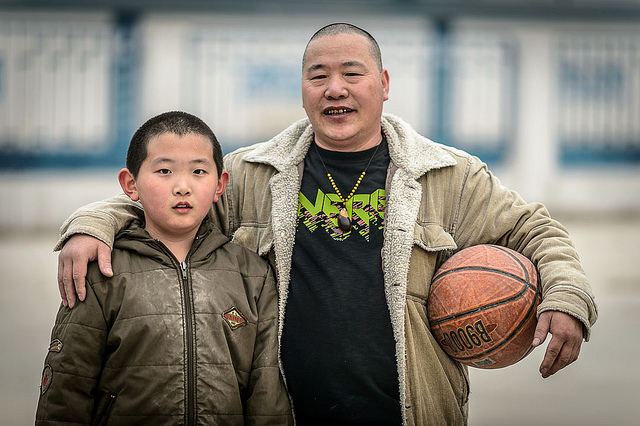by Bill Lee
A young girl stands as a look-out for the police. “They’re coming,” she shouts to her father, Xiang Qingdang. Xiang owns a restaurant in the Chenzhai district in the typically large central Chinese city of Zhengzhou. He is a so-called “migrant” worker, although he has lived in Zhengzhou for 30 years. The authorities are chasing out the rural migrant workers like Xiang from the Chenzhai district, which is where the migrant workers are allowed to live, before they demolish the district as part of China’s National New-type Urbanization Plan.
Launched in 2014, the Plan looks brilliant on paper. Hoping to stimulate the economy, the government wants 100 million migrant workers to become an engine for generating domestic demand. Creating domestic demand comes from urbanization. The idea is that making this sea of workers full-fledged urban residents will raise their incomes through better jobs and unleash their consumption potential. Urbanization will spark investment in urban infrastructure, thus stimulating the economy. It looks very rational, and only a nation like China, with its strong capability for social engineering, could pull it off.
But can it resettle 100 million people away from the mega-cities like Zhengzhou or Shanghai to small- and medium-sized cities scattered around central China? Migrant workers living in Chenzhai have no choice. Since their dwellings will be razed, they have three choices: go back to their villages, resettle in one of the new cities, or try to stay in Zhengzhou. According to an NHK documentary aired last year, each choice poses difficulties. People like Xiang Qingdang haven’t been back to their villages in decades; they neither want to live there nor will they be very well-received. Resettling in a new city is a Catch-22-type dilemma: Xiang wants to open a restaurant in a nearby newly developed city but there are no people there now; people won’t move into the new city unless there are amenities like restaurants. And the hukou (household registration) system makes it very difficult for migrant workers to receive official permission to remain in the mega-cities.
It’s a bold plan that looks as if it could solve many of China’s problems. But as seen from the worldwide refugee crisis and, in Japan’s case, the resettlement of disaster victims, moving large masses of people is always fraught with unforeseen problems. Will China succeed where others haven’t?
Photo of Ding Zhou by Clarence kk via Flickr
Leave a comment
 日本語
日本語 English
English 中国語
中国語